E66: Top-down change does not work
Top-Down change management doesn’t work and let me tell you why.
The main change models, PROSCI/ADKAR and Kotter are based on an individualistic model that is derived from a top-down view of leading change. I provide examples of how this shows up (sponsorship and leadership models, fear vs. desire etc.)
This is largely because of culture and the generational impact of who was in the workplace during the 70’s, 80’s and early 90’s and who was leading change! Change models derived in the 90’s are based on the data from past decades – and organizations were hierarchical and relied on top-down management. Work culture was very different!
Then, we need to remember what happened in the 90’s. Technology democratized power and structure in organizations, and what were previously very top-down ways of working, have become flat, autonomous, consultative, and diverse. Leading top-down change in this type of organization will not work! There is a top… but not a lot of room to go… down.
Much of what is happening in organizations also has to do with which generational group is now the main driver of culture in society and within organizations. Millennials, as the children of the baby boomers have inherited some traits of their parents, for example, the respect for expertise but not necessarily age, and a high level of connectedness with peers and with the globe is now the norm.
So, telling someone to do something because I said so? Not going to work!
I introduce a model that I’ve used to help bridge this new organizational paradigm called “Meta Leadership” that helps to explain how to approach the modern workplace and change.
Want more amazing change & transformation content? Sign up for the Navigator Newsletter here: https://www.connectedchange.com/newsletter
You can listen to all our episodes here:
Fully captioned videos are available on YouTube
